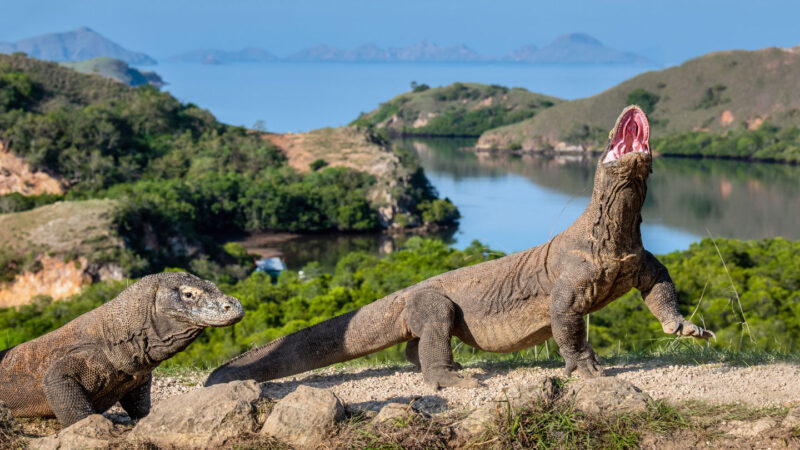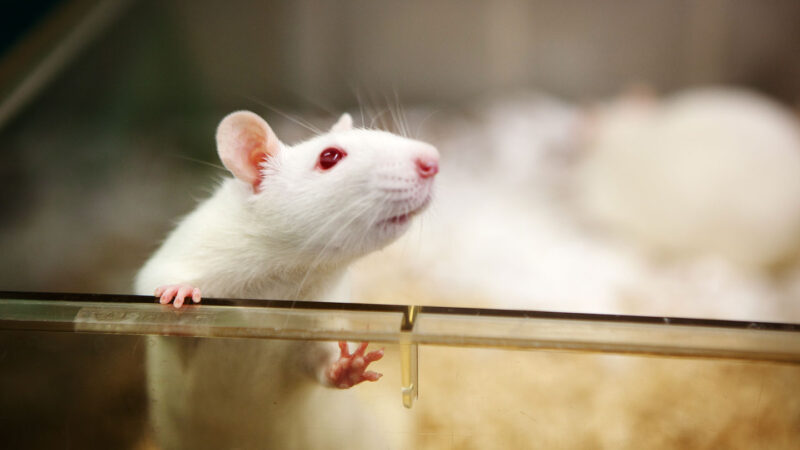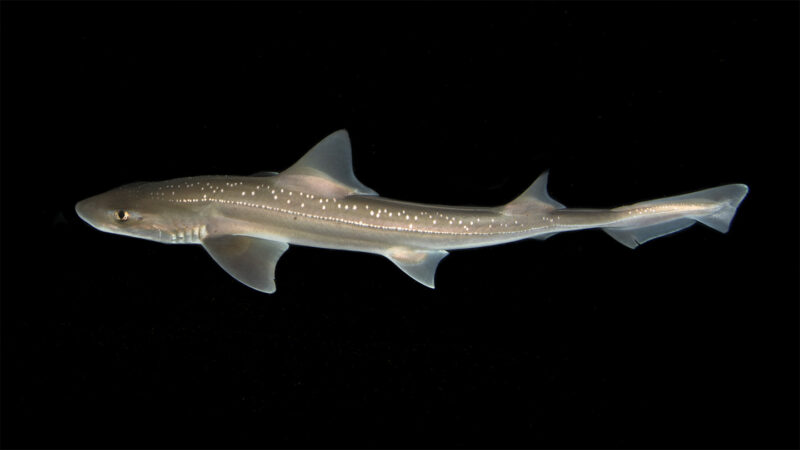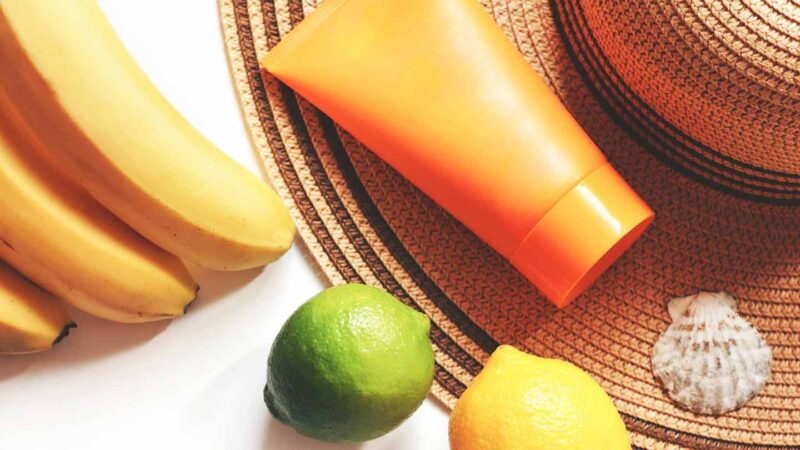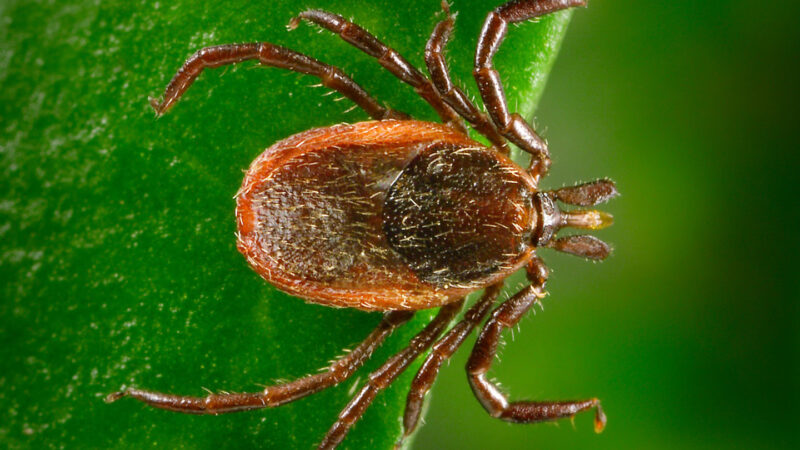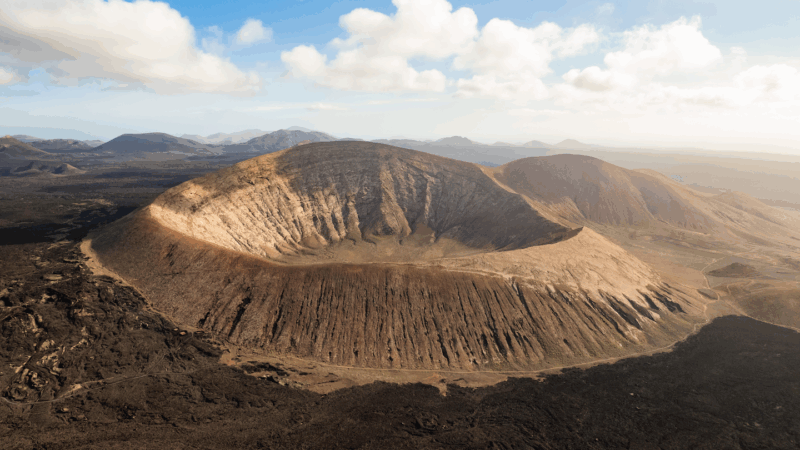Komodo dragon teeth are ironclad. For real.
These animals — the largest living lizards — have razor-sharp teeth. What’s more, a layer of iron lines the tips and saw-like edges of these chompers. That’s the finding of a July 24 study in Nature Ecology & Evolution.
That metal coating may strengthen each tooth. It would help them safely tear through the flesh of deer, water buffalo and other prey. Despite the lizards’ large size, up to 3 meters (almost 10 feet) in length, they don’t have to dine often. Some may eat, on average, only once a month. They then digest that meal slowly. But they have plenty of time. In the wild, these animals can live 30 years.
Backwards-facing teeth let Komodo dragons hook and hold their prey. But these enormous lizards also chomp down with a surprisingly powerful bite, as this BBC video demonstrates.
Iron teeth aren’t unique to Komodo dragons (Varanus komodoensis). Beaver teeth, notes Aaron LeBlanc, get their toughness from iron-infused enamel. But in Komodo dragons, the iron is piped on top of the enamel. Think of it, he says, “sort of like icing on a cake.” LeBlanc is a paleontologist in England at King’s College London.
He was part of an international team that looked to find out what made the teeth of meat-eating dinosaurs so good at cutting. The group turned to Komodo dragons as a modern-day stand-in. Small, blade-shaped teeth fill the dragons’ mouths. Under a microscope, the team saw orange stains on the tips and edges of their teeth. Some teeth in close monitor-lizard relatives of the Komodo dragon also had orange stains.
Chemical and structural analyses revealed a layer of iron as the source of that orange tinge.
Other modern reptiles — including some other monitor lizards, alligators and crocodiles — have no visible signs of iron on their teeth. The researchers found that some species do, however, have a thin layer of the metal along the cutting edge of their chompers. That suggests metal-reinforcement may be widespread in the teeth of modern meat-eating reptiles.
As for dinos, it’s unclear whether their sharp tooth edges ever had an iron shield.
“Iron is literally the worst element to look at in a fossilized dinosaur tooth,” LeBlanc says. “It’s just everywhere.” He says that “if you bury a dinosaur tooth underground for tens of millions of years, iron is going to seep into every little bit of that tooth.”
The team hopes to answer this question by studying the iron coatings on Komodo dragon munchers in more detail.

